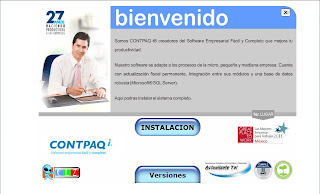
Hence, the importance of non-linear viscosity for a multi-phasic polymer to ensure foaming ability has been demonstrated. As for a homogeneous polymer, the extensional viscosity has been proved to be a key factor to estimate the foaming behaviour of complex systems like TPV.


Finally, the relationship between extensional viscosity and physical foaming has been investigated. In addition, the influence of the addition of carbon black filler has also been studied. This unexpected result for a non-homogeneous system can be explained by the confinement of the PP phase between EPDM nodules which gives to the PP chains a gel rheological behaviour. As a result, the ability of the TPV to deform under extensional flow (Hencky deformation at break 1.5). Regarding radical chemistry, the peroxide induces polypropylene degradation by β-scission reaction during the dynamic crosslinking process. The results show an influence of the crosslinking chemistry on the extensional viscosity of the TPV. The EPDM phase, which is dispersed into the PP phase, was dynamically crosslinked either by a phenolic resin (Resol) or by a radical peroxide (dicumyl peroxide). The objective of this study is to investigate the ability of thermoplastic vulcanizates (TPVs) (materials based on PP/EPDM blend) to foam under CO 2 batch conditions.


 0 kommentar(er)
0 kommentar(er)
